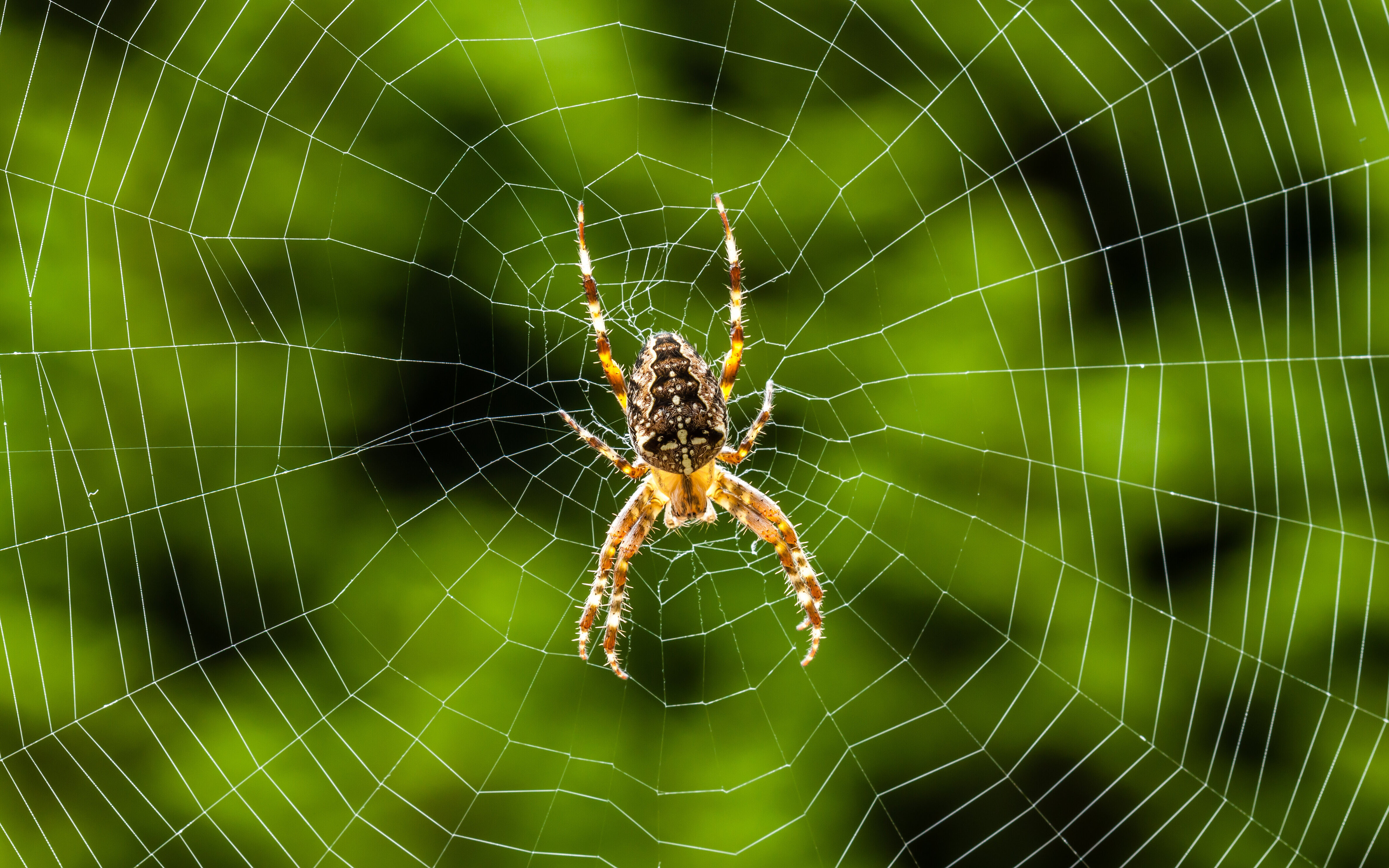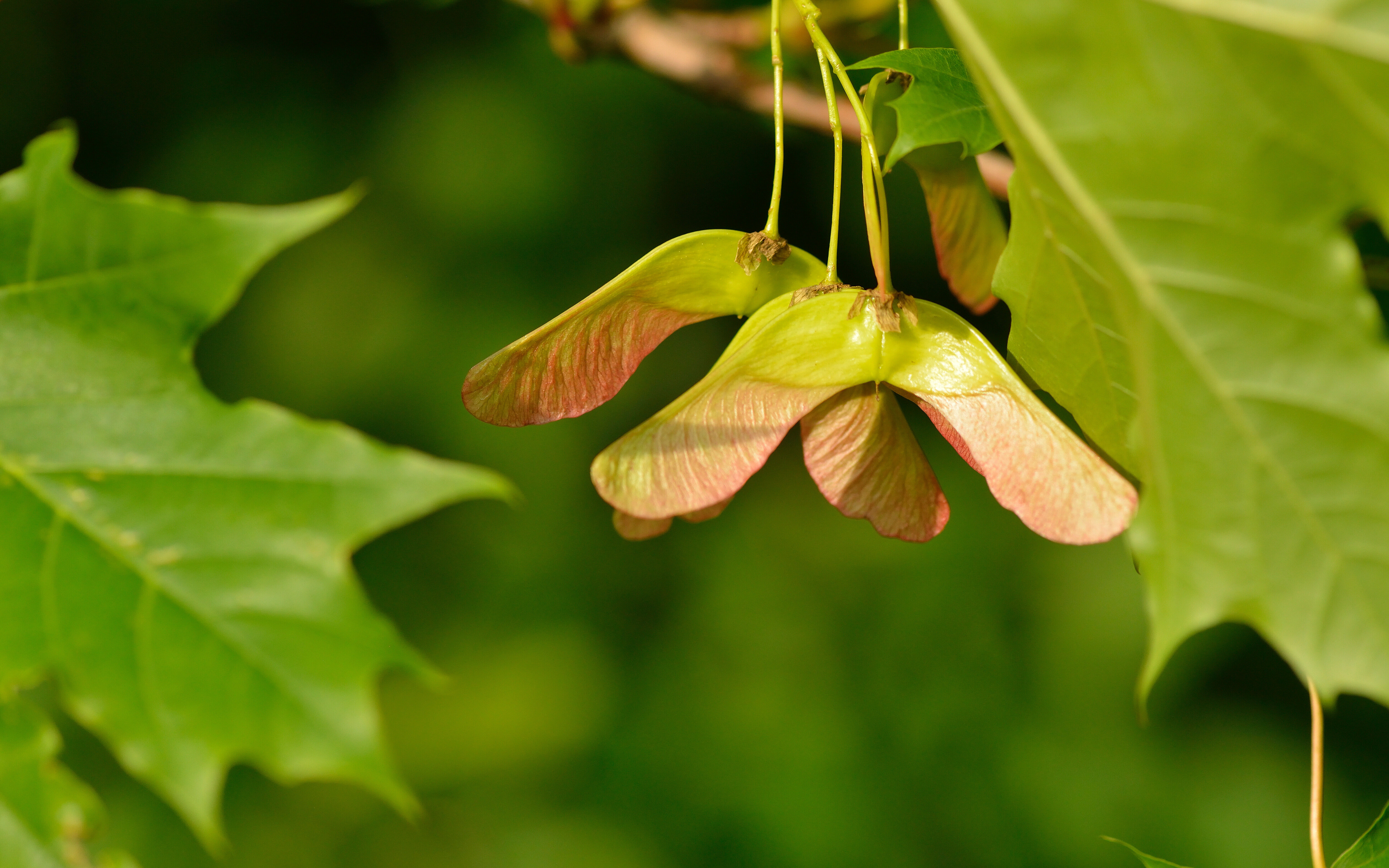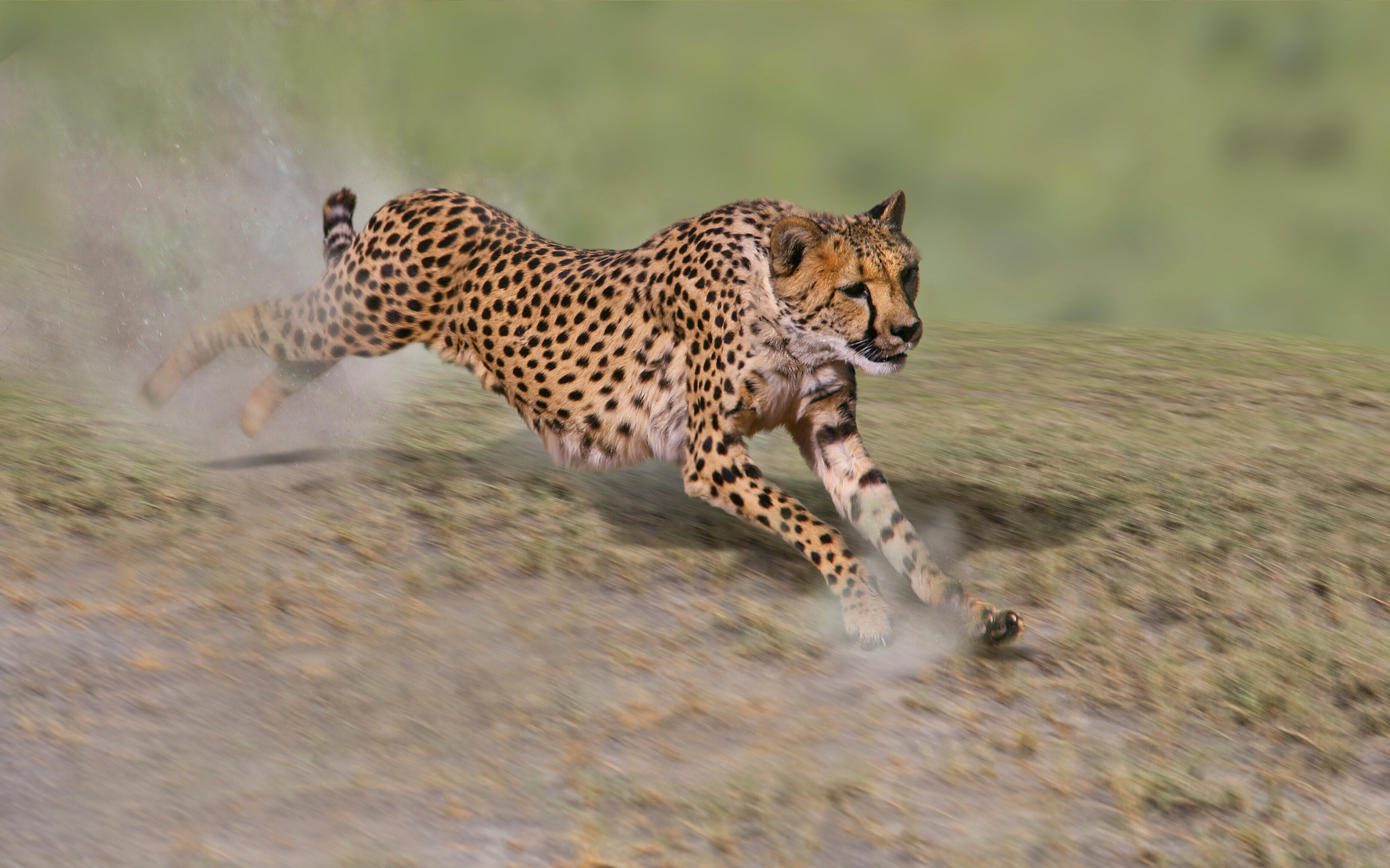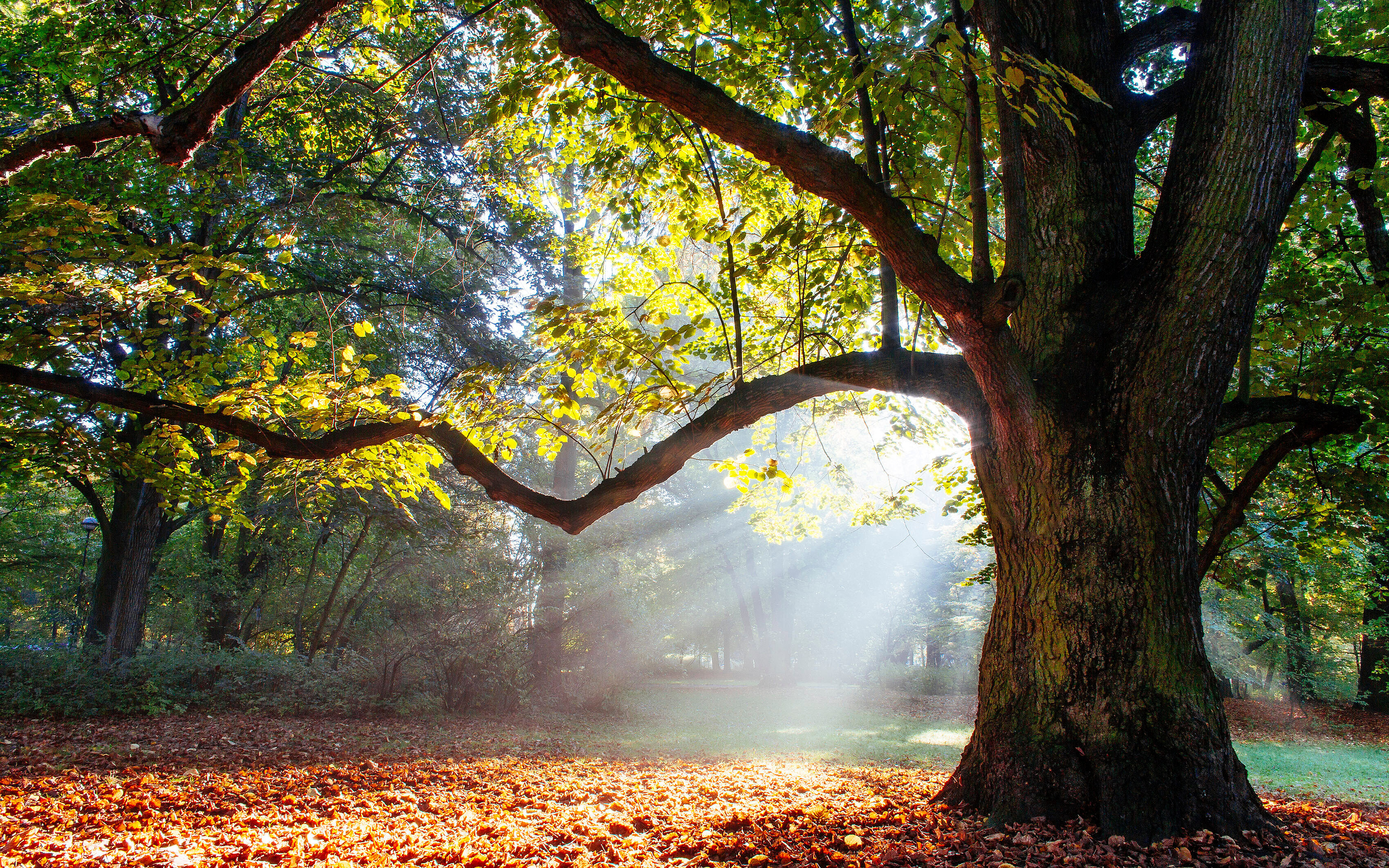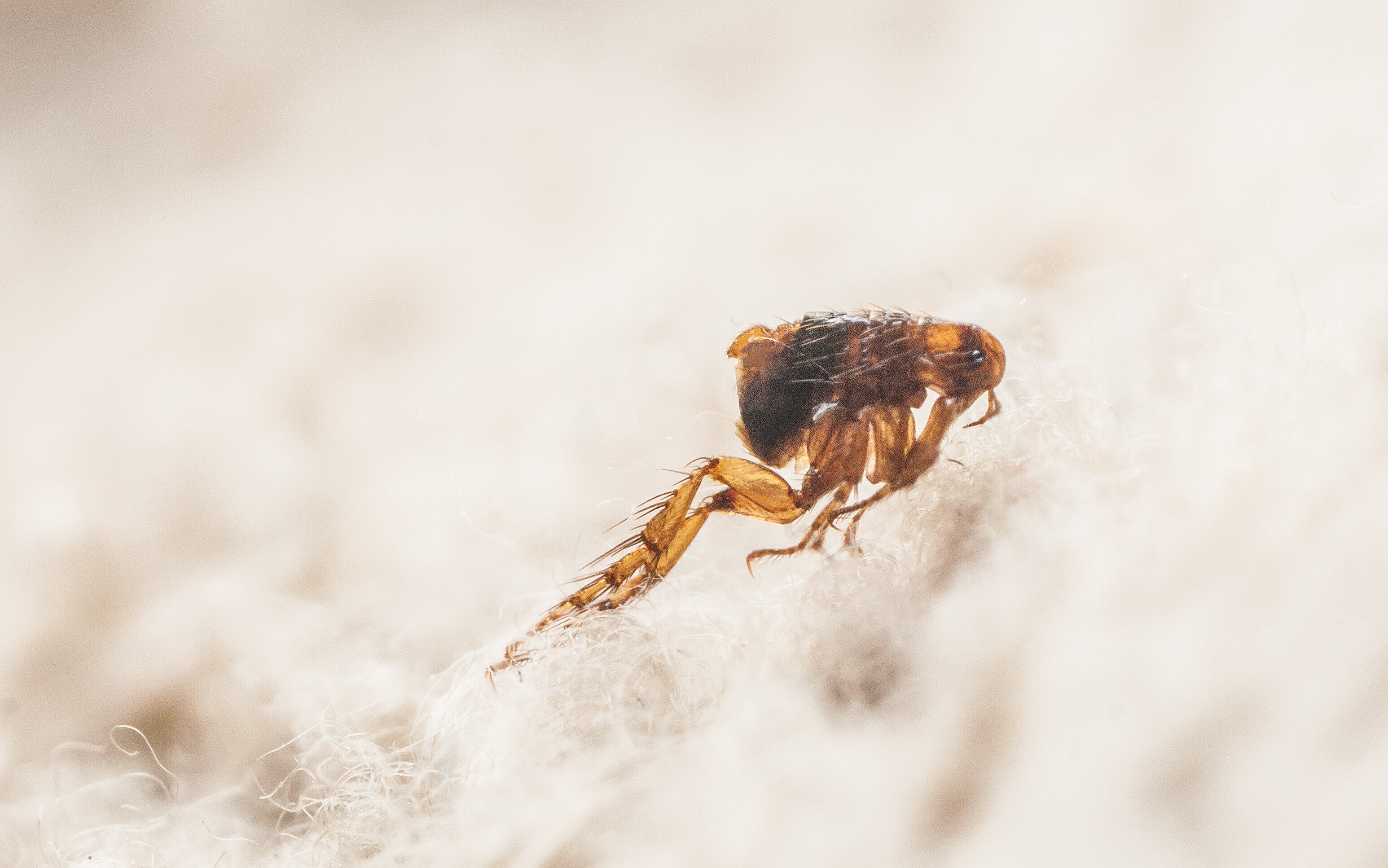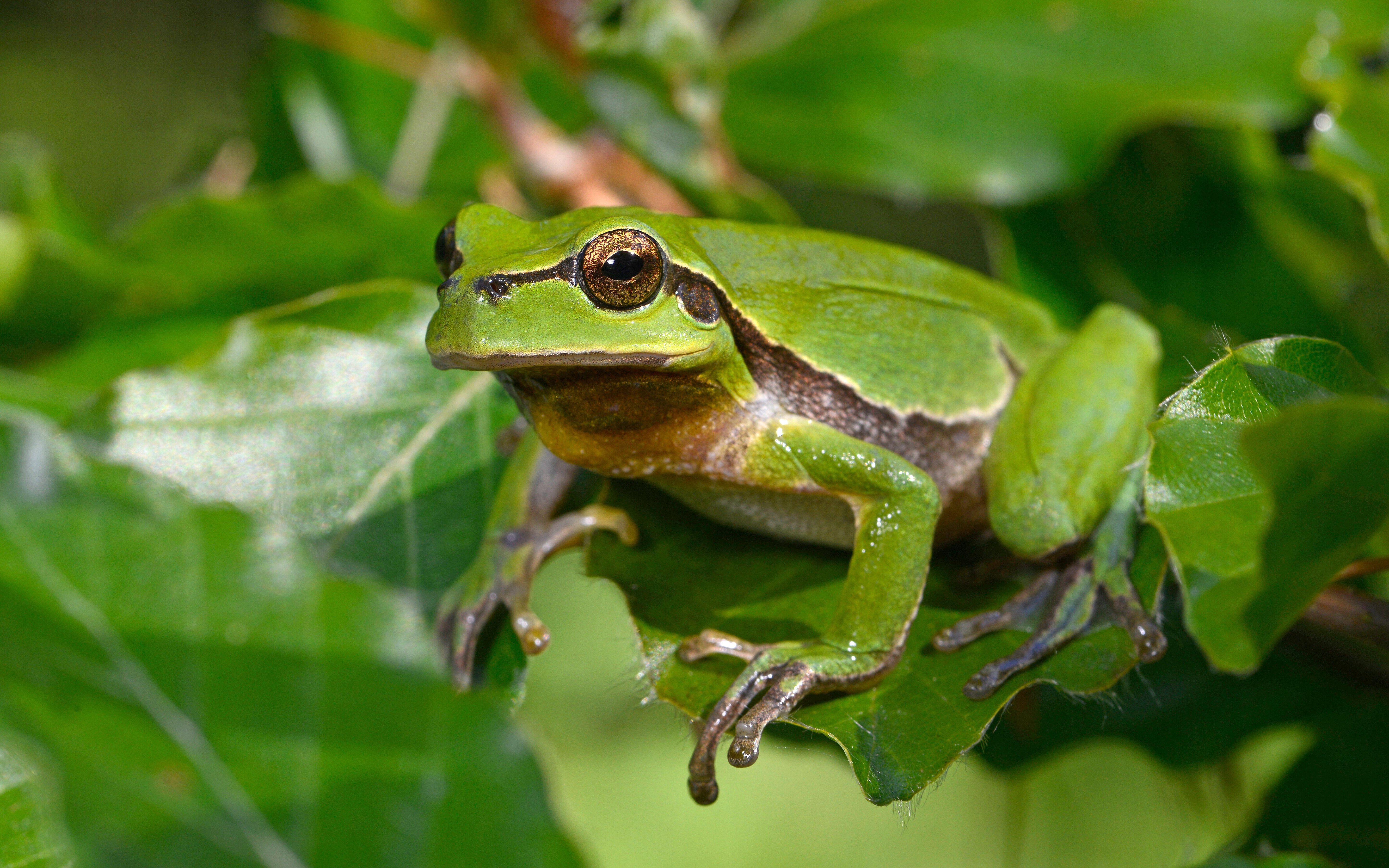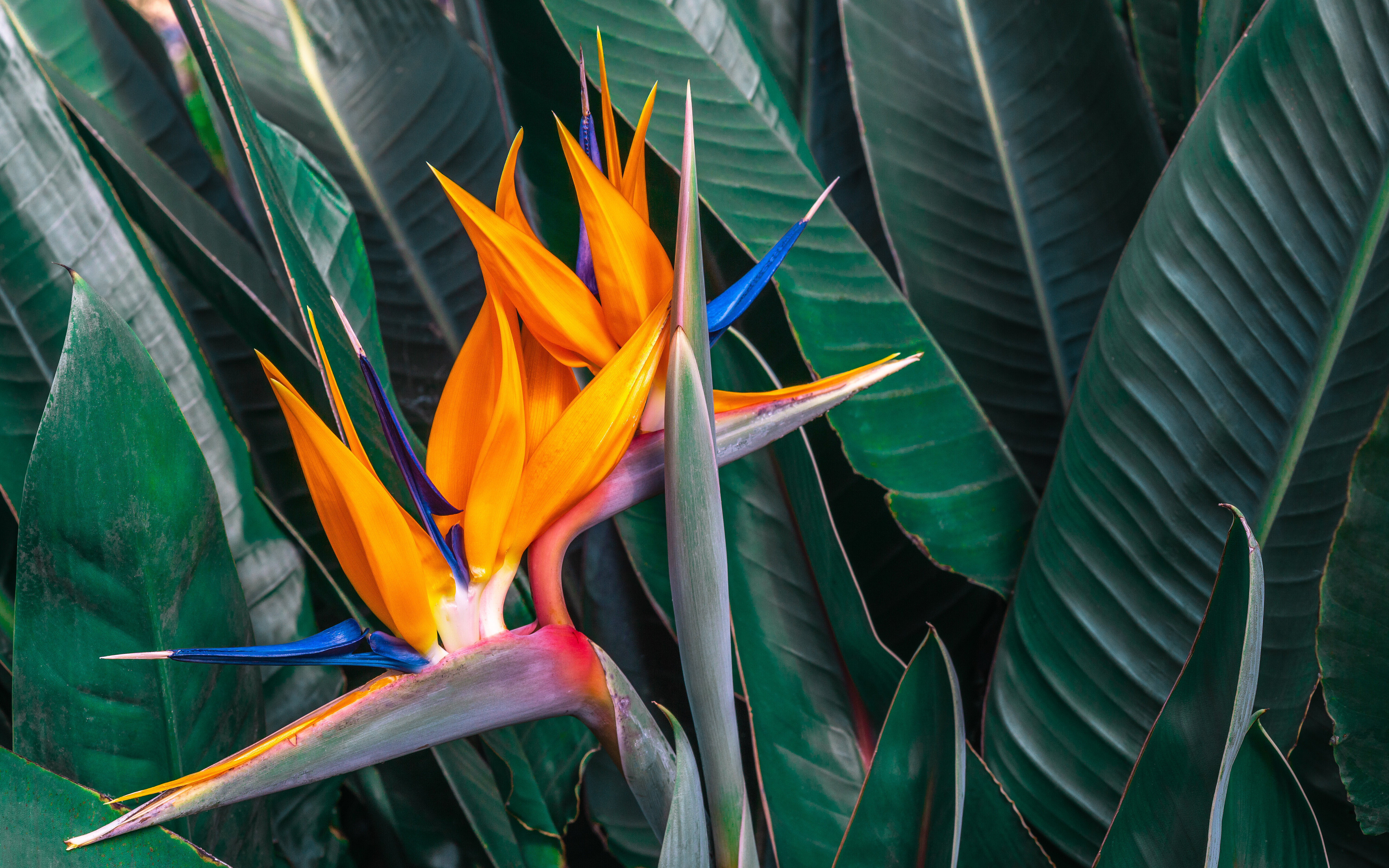Playground
Physics is everything!
Hop on a see-saw, slide or swing and set physics in motion! The playground is the perfect place to experience physical laws, including energy and gravity. To find out more, simply turn the handle on the ball. Here, you can also learn how nature has inspired human inventions.
The wings of a plane, for example, are modelled after bird’s wings, while hook-and-loop fasteners follow the exact same principle burdock uses to disperse its seeds.
Tip: Look for the QR codes and discover bionics: in this field, researchers study the shapes and characteristics of plants and animals and use their findings to develop new technologies, machines, buildings and robots.
Insect trail
At five stations you can learn exciting facts about butterflies and their stages of development. You can comprehend the different stages by observing and experiencing the sculptures of corten steel.
Spider silk - "super fibre"
Most spiders build webs to catch their favourite food: insects. They produce the threads themselves to catch their prey. The so-called spider silk is extremely resilient and yet stretchable. This is important to prevent the web from tearing if, for example, a fly crashes into it at full flying speed.
Spider silk is made of proteins. The threads are formed in the silk gland in the spider's abdomen and pass through the spinn ing canal when the spider weaves its web. There, the structure of proteins is altered by acid, which makes the spider silk tear-resistant.
Once researchers have fully understood the mechanism of how the proteins in the spider's silk glands are modified, they will be able to produce synthetic spider silk in large quantities. Today, they are only able to achieve this in small quantities. The synthetic spider silk can be used to manufacture, for example, clothing or wound plasters. Perhaps one day a rope can be produced that reaches into space.
weiße Schachtel
Maple fruit - propeller
The fruits of the maple tree don't simply fall from the tree. Thanks to their wings, they can glide in the wind for long distances until they finally fall to the ground, where they grow into a new maple tree.
The gliding of the maple fruit works so well because it rotates in the air. The air consists of many small particles, invisible for the naked eye. The rotation causes the air particles above the wing to be flung away, resulting in more particles accumulating beneath the wing. They carry the fruit.
By observing this natural phenomenon, the propeller was invented. Propellers allow ships to move through water and helicopters to fly. Unlike the maple fruit, a motor makes the propeller blades turn. So, a helicopter can even take off vertically and fly on the spot.
Cheetah paw - car tire
Cheetahs are predatory cats from the African savannah and are known as the fastest land animals in the world. They catch their prey, such as gazelles, by stealthily approaching them in tall grass and then pouncing on them after a short sprint. Cheetahs can accelerate rapidly, change direction quickly and brake effectively.
This is because the cheetah's paws are narrow when running straight and become wider when cornering or braking. Friction slows down the cheetah. The wider the paws, the greater the contact they have with the ground, resulting in stronger friction between the paw and the ground.
Researchers have taken inspiration from this and developed a car tire that becomes particularly wide when braking, so that the car comes to a stop more quickly. At high speeds, the tire is extra narrow, which results in less fuel being needed. You can try out the physical laws of friction for yourself here on the climbing wall!
Tree branch - swing arm
Tree branches do not grow at right angles. This would cause the branch to break more quickly in a storm, with a weight on it, or by pulling. Instead, the branch fork is rounded. This way, the force of the wind or the weight of a child hanging on the branch is distributed along the entire arch. The load is not concentrated on a single point.
The arches at branch forks, or also at root bases, are created by the tree, growing stronger at these points but saving wood on the opposite site. This allows the tree to grow stably without wasting wood.
Researchers have used tree growth as a model to construct more stable buildings with minimal use of building materials. The same principle has been applied to the construction of this swing, which only requires a single swing arm.
Flea legs - rubber band
Fleas love blood! In order to reach their hosts, such as foxes or dogs, these small parasites have to jump because they cannot fly or crawl. However, they are excellent jumpers: Despite their body size of only about three millimetres, they can jump up to about half a meter high. If you could jump as high as a flea, you could land on a skyscraper with just a single jump.
When jumping, fleas take advantage of a natural rubber-like substance called “Resilin”. When they retract their legs, they store energy by compressing “Resilin”. When they extend their legs, all the stored energy is suddenly released, and the flea is catapulted into the air.
A super rubber that never wears out and is extremely stretchy would be practical in many technical fields. How high, do you think, you could jump with a shoe sole made of super-rubber? Researchers are taking a close look at “Resilin”. So far, they have not succeeded in producing it synthetically in larger quantities.
Frog's foot - adhesive
Tree frogs can not only hop, they are also excellent climbers! This allows them to hide in bushes from predators, or higher heat. They do not slip on smooth leaves or branches, due to the fact that they have special adhesive discs on their feet.
These adhesive discs are criss-crossed with tiny hexagonal channels. When they come into contact with wet leaves, the water touching the channels creates forces, pulling the frog's foot and the leaf together.
Using the tree frog as a model, a robot has been invented that can walk on slippery human stomach walls! It captures videos that assist doctors during surgery.
Bird-of-paradise flower - shutter
Not all flowers are pollinated by bees. In South Africa grows the bird-of-paradise flower, whose blossoms are twice the size of your hands. It is pollinated by a bird!
Some of the flower petals are fused together to form a perch. When a bird lands on it, the weight triggers a lever mechanism. The flower opens, allowing the bird to feed on the sweet nectar, and in the process, the plant transfers its pollen. When the bird flies to the next flower, the pollen is transferred to it and the plant is pollinated.
Inventors were fascinated by this lever mechanism, which operates without joints and hinges that can break. After some reflection, they were able to replicate the mechanism and invented a shutter whose slats can open and close quite flexibly. A weight sets a lever in motion here on the seesaw. Try it out for yourself!
Definition of biomimicry for music ball
The German word "Bionik" is a made-up word. "Bio" stands for biology, "nik" comes from the German word “Technik”, which means technology. Thus, "Bionik" is a science that combines biology and technology. In biology, everything revolves around the aspects of nature. Technology, on the other hand, is primarily concerned with objects that are made by humans.
"Bionik" means learning from nature and applying the knowledge to human developments. Scientists search for solutions to technical problems in nature. Likewise, fascinating properties are accidentally discovered in animals, plants, fungi, or even bacteria. They are the inspiration for inventions.
Bionic research is not only exciting and helpful for people, it can also contribute to environmental protection. In nature, everything functions in a cyclical manner, where nothing is wasted - neither materials nor energy - and there is no waste. Living beings have optimally adapted to their environment through evolution. Therefore, they are adequate role models for, e.g., machines that require minimal building materials or fuel.
On the playground, you will find examples of bionic inventions and their inspirations from nature. Learn more about them by searching for the QR codes and scanning them with your mobile phone.
Definition of mechanics for music ball
Physics is a science. Almost everything we experience in everyday life is connected to physics. Here in the playground, you can experience the physical laws of mechanics. Mechanics is a part of physics; it deals with forces and movements.
When you see-saw, you experience the movement of a lever due to the force of gravity acting on weight. When sliding, gravity pulls you down and using your legs, you can start the pendulum motion of the swing.
Try out how centrifugal force feels on the carousel or how you can move on the climbing wall with the help of friction!

